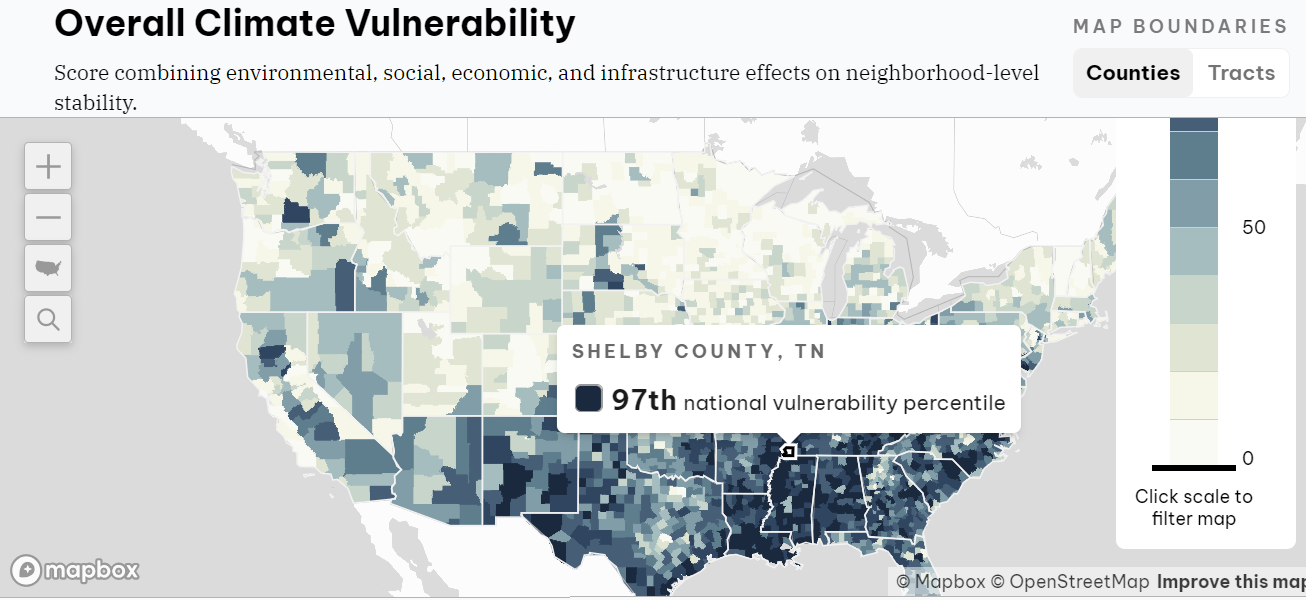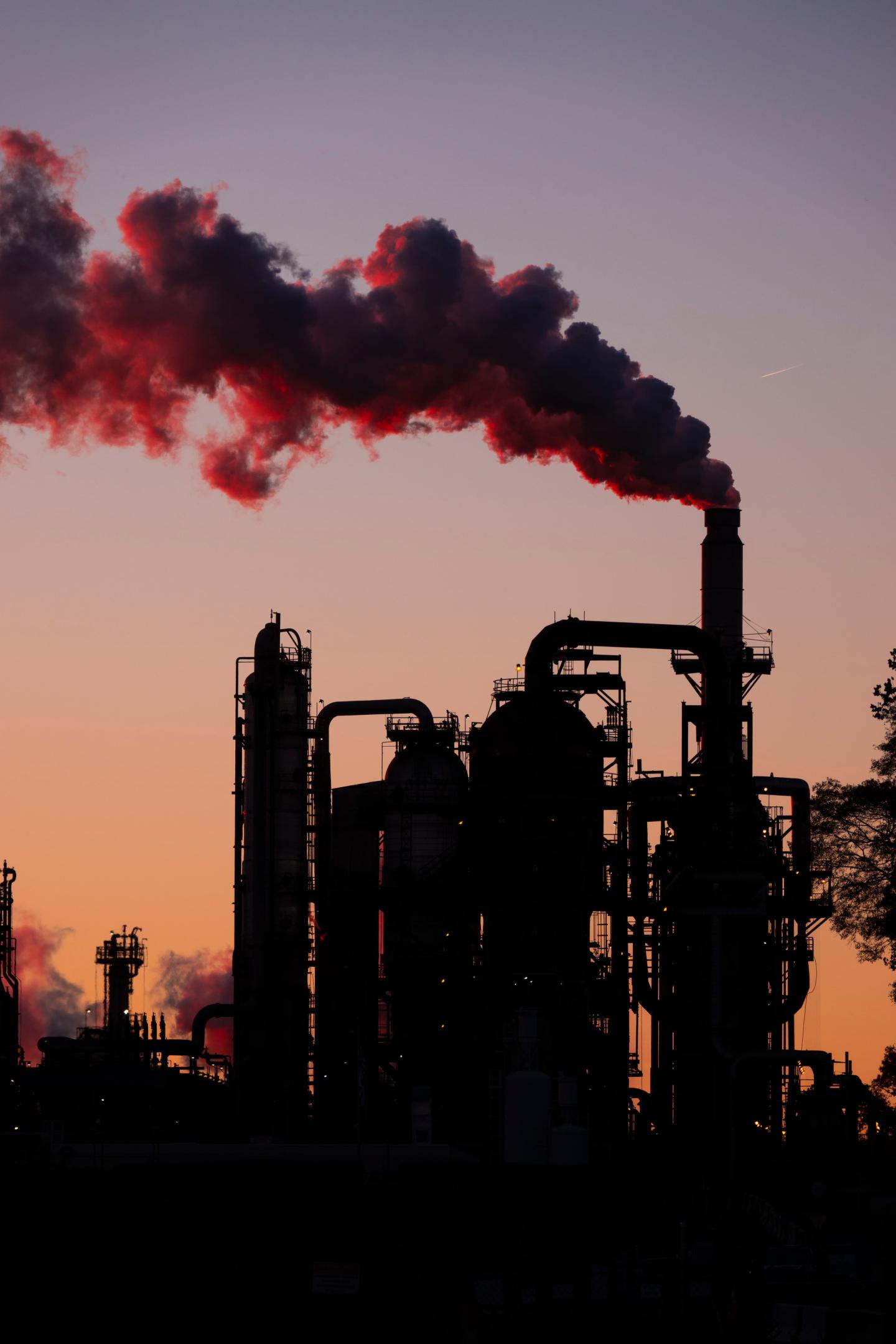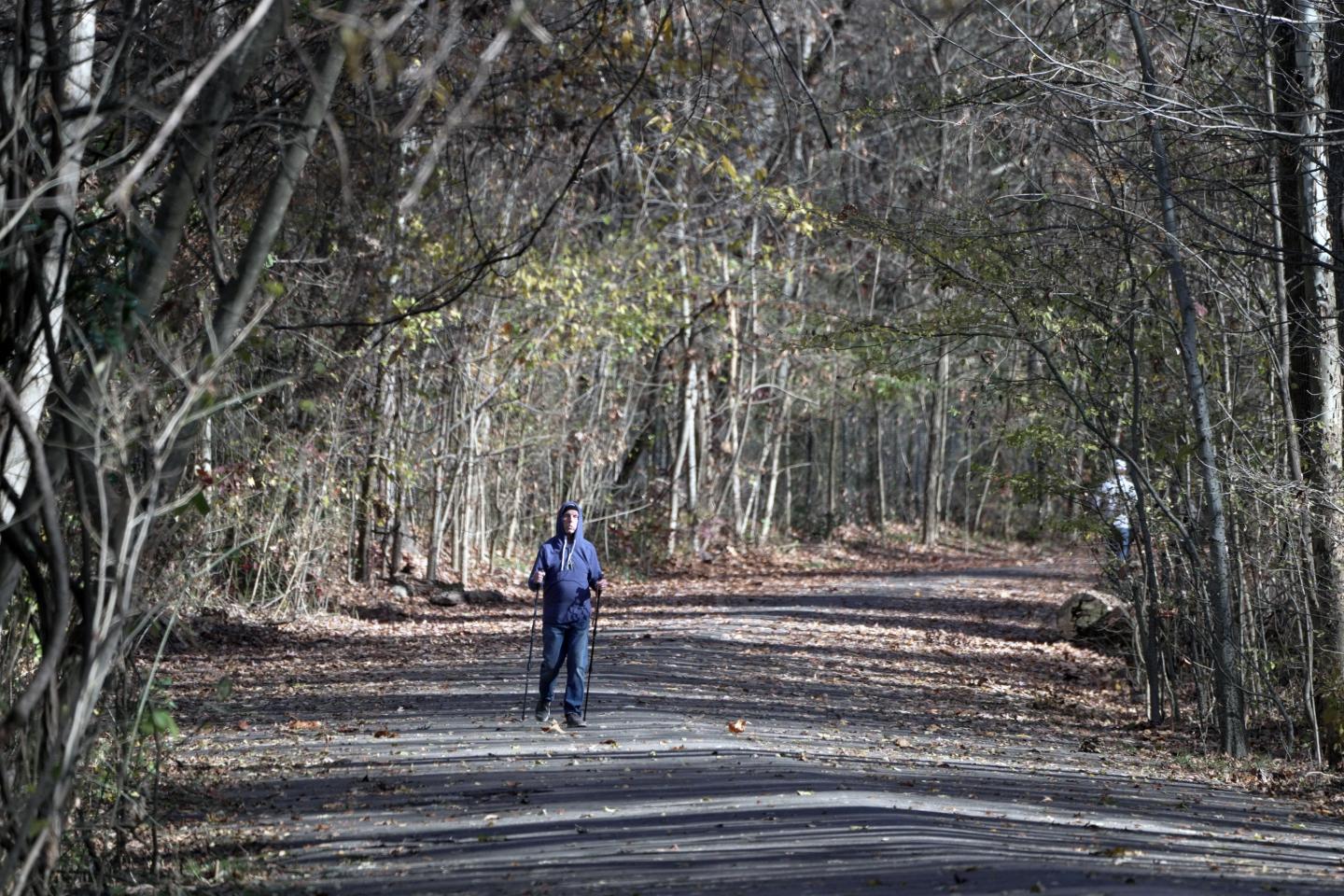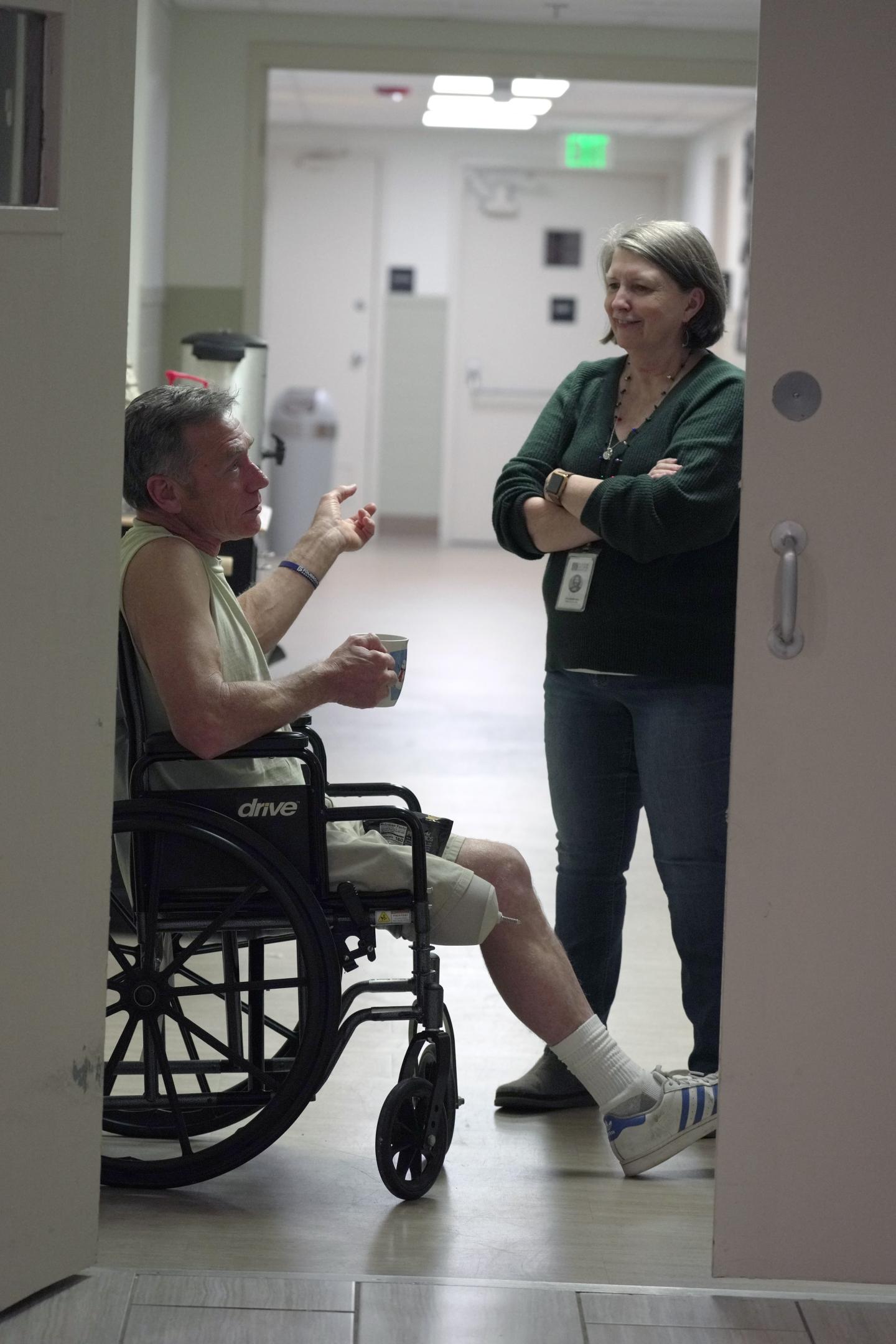America’s climate crisis and housing crisis are converging to hurt the most vulnerable
Moses Smith joins about a dozen people gathered outside a small, red brick house on the outskirts of downtown Memphis. He thanks a volunteer who hands him a cup of hot coffee.

The night before, when Memphis saw its first freezing temperatures of the season, he had slept outside in just his coat and a sleeping bag.
Smith, who lost his job and then his home several years ago, is one of a growing number of people in the United States without housing. According to a new federal report, homelessness across the U.S. jumped to the highest level ever recorded in 2023, due in part to rising housing costs and the end of pandemic assistance.
And as climate change drives increasingly unpredictable weather, a lack of shelter can be deadly. Memphis is currently under a state of emergency due to the artic blast and snow affecting much of the U.S. this week.
Last winter, when temperatures plummeted to single digits in Memphis, a man died from exposure to the cold. Smith managed to secure a hotel room for two nights, thanks to a local nonprofit. It likely saved his life.
Converging crises: Homelessness and climate change
According to the U.S. Climate Vulnerability Index (CVI), Shelby County, Tennessee, which includes Memphis, is one of the most climate vulnerable places in the nation, ranking in the 97th percentile. When it comes to temperature-related deaths, the county ranks in the 88th percentile nationally, according to the CVI, which was created by Environmental Defense Fund and Texas A&M University to identify the communities affected first and worst by climate change.
The CVI is unique in that it examines not just an area’s potential for natural disasters, it also layers on 184 different data points that affect people’s ability to adapt to changing conditions — things like income levels, housing security, access to health care and transportation.

“Climate change is amplifying existing vulnerabilities,” says Grace Tee Lewis, an EDF scientist who helped develop the index.
In addition to unhoused people, low-income communities and people of color are particularly vulnerable to climate change, due in part to a history of discriminatory policies.

Maps of Memphis show that the lowest-income zip codes in Shelby County today are the same ones that faced intentional disinvestment almost a century ago — a practice called redlining, which resulted in less green space and parks, and more concrete buildings and roads in these communities.
“That means it’s already going to be hotter in those areas,” says Fiona Lo, a climate scientist at EDF. As temperatures continue to rise, community residents will increasingly have to rely on air conditioning, but, as Lo points out, “You have to be able to afford to buy an air conditioner, and then be able to afford to run it.”
Tennessee state representative Justin Pearson says that his office gets a call from someone who can’t afford their energy bills every day, mostly women and senior citizens.
“Rising utility costs are exacerbated by extreme heat and cold,” Pearson says. “And rising utility costs hurt poor people the most.”
Across the U.S., about 50 million families are already forced to make difficult decisions between paying for their energy bills and other necessities like food and medicine. Climate change will likely grow that number.
The danger of extreme weather
Two years ago, Laura Hunter lived in her air-conditioned apartment.
The rental was the product of decades of hard work. After years spent working assembly line jobs, Hunter, 71, was working at a shoe store when she had to quit due to debilitating pain in her hip and leg.
That meant she was without a job when the federal moratorium on evictions during COVID-19 ended in 2021. Unable to make rent, she lost her home as evictions soared in Tennessee and elsewhere.
For a while, Hunter stayed at a temporary housing facility. But when she left to check on her older brother in Mississippi, who suffers from memory loss and cancer, her bed was given to someone else.
That meant Hunter had nowhere to go when the sweltering summer of 2023 arrived — the hottest on record.

Her full-time job became trying to stay cool. Heat is the leading weather-related cause of mortality in the U.S., outpacing hurricane deaths eight to one. In August, Memphis set two high temperature records above 100 degrees — more than 20 degrees higher than the city’s average temperature for those days, according to the National Weather Service.
Every day, Hunter carried a piece of cardboard to fan herself. She sat under trees in Overton Park, a historic 342-acre forest in the heart of the city, and visited library cooling centers. Sometimes, she’d ride the bus just to feel the relief of forced air. She was often dehydrated.
“It was so hot, I shut down,” recalls Hunter.
Finding a solution
“The climate is changing — it’s a reality we have to live with,” says Pearson. “But, in Memphis, there’s no central location to go to on cold nights and hot days.”

In the short term, Lisa Anderson, founder of Room in the Inn, says more warming and cooling centers are needed, both for people who are unhoused, and in low-income neighborhoods where people have housing but can’t afford heating and cooling.
Longer term, federal investments can help too. Under the Biden administration’s Justice40 Initiative, 40% of overall benefits from certain federal investments, including climate and clean energy investments under the $500 billion Inflation Reduction Act and $550 billion Bipartisan Infrastructure Law, should flow to disadvantaged communities, which the CVI can help policymakers identify.
So far, these investments have included spending $2.3 billion to bolster the resilience of the electric grid. Investments on the table include improving clean transit, making clean energy more affordable, spurring solar development, expanding green spaces and improving the climate resilience of affordable housing projects.
“The Biden Administration has made a historic level of funding available to build toward climate justice and equity, but the right investments need to flow to the right places for the biggest impact,” says Tee Lewis. “The CVI equips and enables communities, policymakers and organizations to proactively address vulnerabilities and enhance resilience in the face of a changing climate.”


